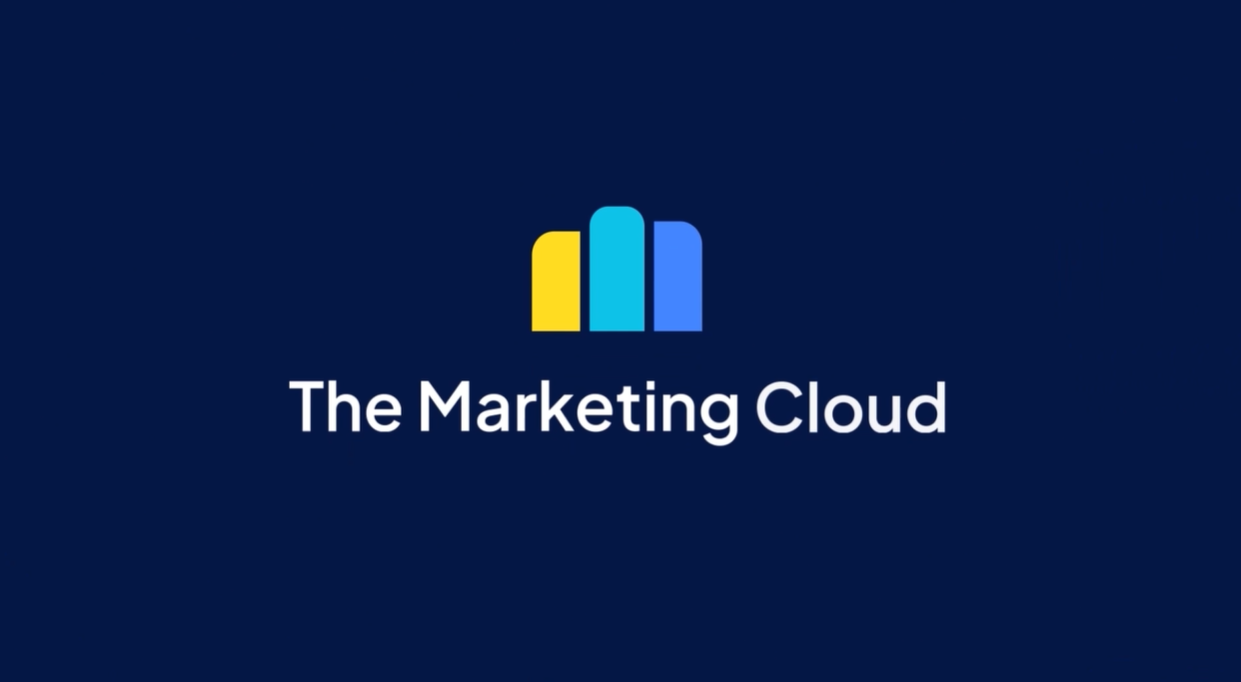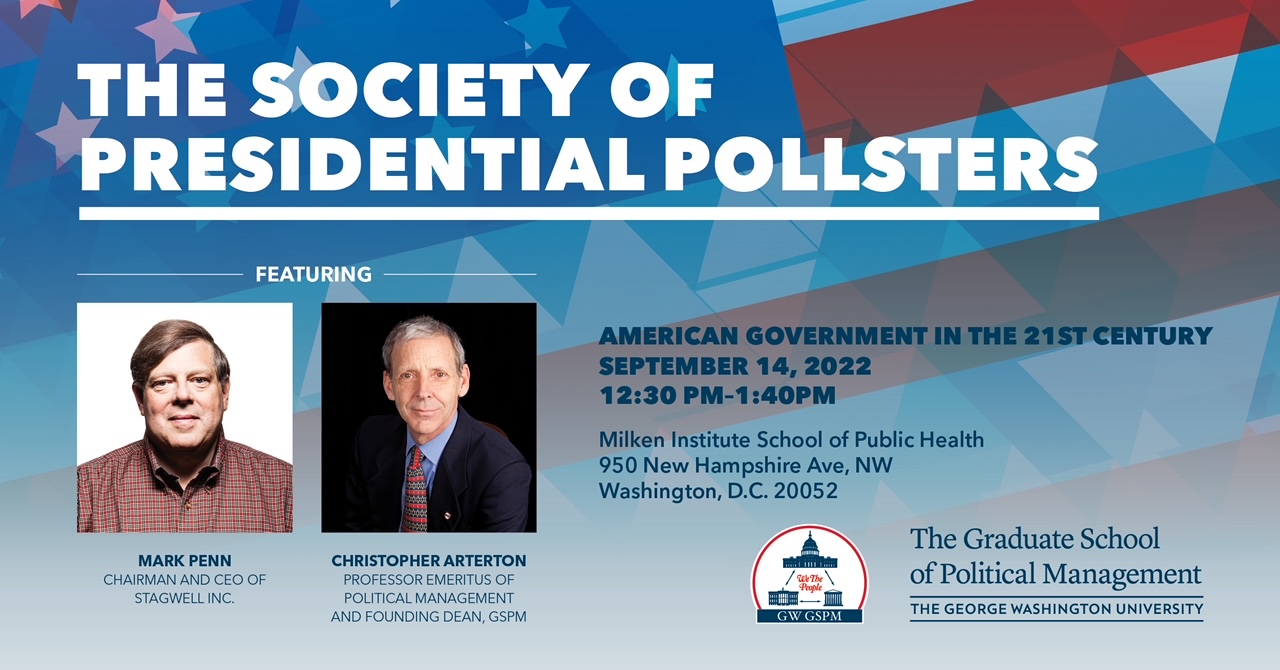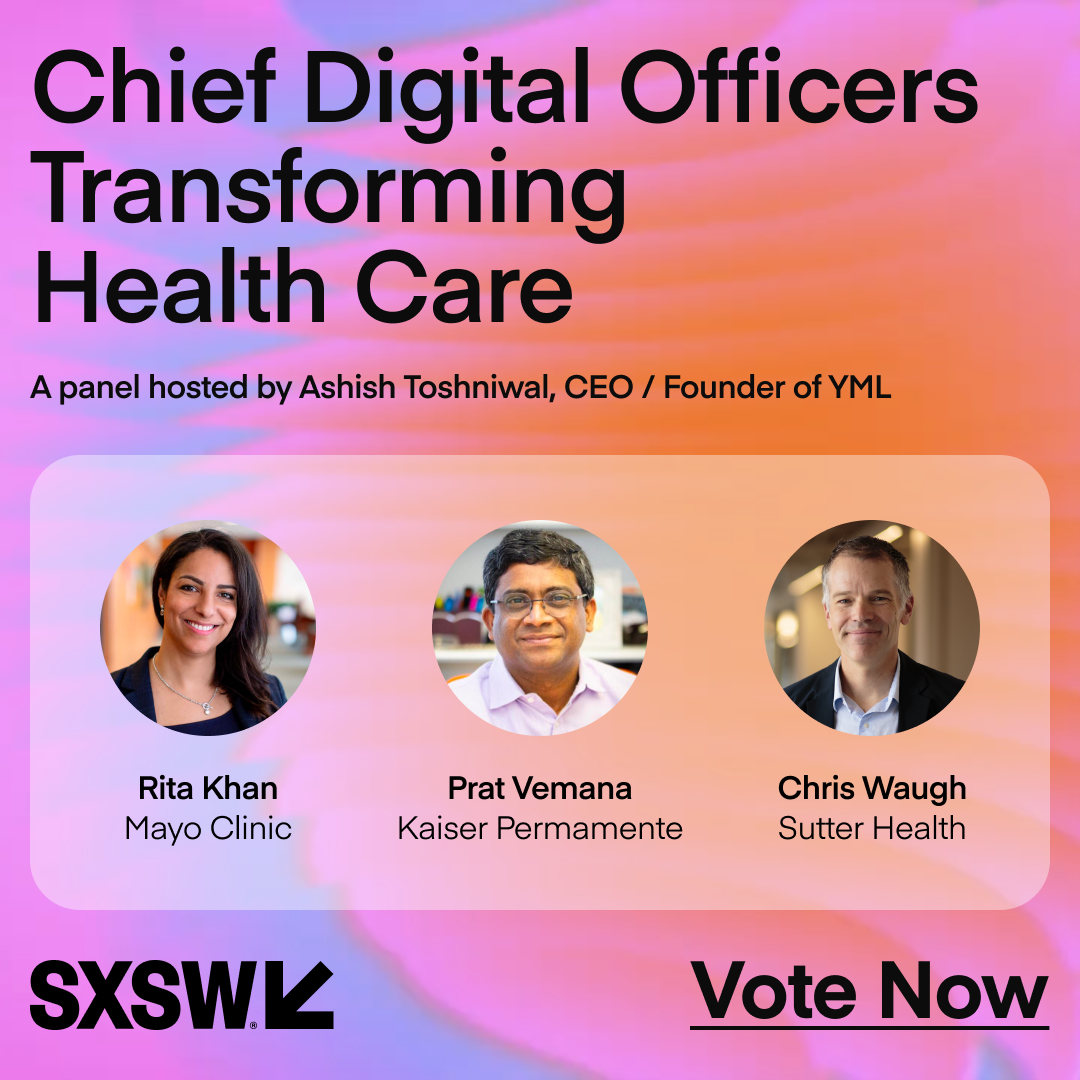Apple revealed its iPhone 14 models on Wednesday, plus a few other devices, including the very large and rugged Apple Watch Ultra. Before the launch, NRG delved into the minds of likely smartphone buyers, including those eyeing the new iPhone. Read on for:
-
The benefits of launching new smartphones, earbuds, and smartwatches at the same time.
-
How many likely smartphone buyers haven’t picked a brand yet.
-
How people want to pay for their new iPhone.
What Apple unveiled at its “Far Out” event
New features: The iPhone 14 models use satellites for Apple’s new Emergency SOS feature. Far out, indeed. And the Pro models have a Dynamic Island in place of the old “notch,” as well as a 48-megapixel main camera.
Let’s get to the research…
Brand Loyalty
Nearly 48% of consumers polled by NRG said they plan to purchase a new phone in the next 12 months.
Of those, 73% say they have already decided on a brand. Let’s break down that population:
-
28% know what brand and model they want.
-
32% know the brand, but are debating which model.
-
13% know the brand and model, but are waiting for a promotion or deal.
And the 27% who haven’t chosen a brand? They skew a bit older (54% are 45-64).
Accessorize
Among people who plan to buy a new phone in the next 6 months, 31% plan to purchase earbuds at the same time, while 26% plan to purchase a smartwatch. 60% of people who are very or extremely likely to buy the iPhone 14 specifically say they plan to buy at least one peripheral device at the same time. The most popular choices:
-
AirPods (30%)
-
Apple Watch (25%)
-
iPad (18%)
“As we saw with the iPhone 14 announcement, smartphone improvements are becoming increasingly incremental, so selling the broader ecosystem is a good strategy to generate excitement and increase brand loyalty,” says Rob Barrish, Executive Vice President at NRG. “This presents opportunities to bundle and include offers to accessorize soon after purchase.”
Switching wireless providers
After presenting consumers with rumored iPhone 14 features, we found that a direct discount was slightly more compelling than a monthly bill credit, even when the amount of money saved was the same:
-
25% say they would be very likely to switch wireless carriers for a promotion that promised, “Switch and get $600 off any iPhone 14 model.”
-
21% say the same about, “Switch and get a $600 credit off your monthly bill (over the course of 24 months).”
Those who were “very likely” to switch for one of the deals were more likely to be younger, male, and own other high-tech devices like wireless earbuds and smartwatches. Overall, however, only 26% of respondents said they had actually switched carriers because of a smartphone deal.
NRG also asked people who were very or extremely interested in buying the iPhone 14 how they wanted to pay for it:
-
33% said they’d prefer to pay in full.
-
34% would finance.
-
24% would use a smartphone upgrade or trade-in program.
Among those planning to finance:
-
28% would prefer a 12-month plan.
-
50% would prefer a 24-month plan.
-
33% would prefer a 36-month plan.
Making the jump
Among iPhone owners looking to buy a new smartphone in the next 6 months, their current phone is an:
-
iPhone 13 (16%)
-
iPhone X (17%)
-
iPhone 12 (19%)
-
iPhone 8 or older (21%)
-
iPhone 11 (24%)
Features consumers want
While consumers said cameras are important, they weren’t among the top 5 features respondents said they considered most when deciding to buy a new smartphone. Those were:
-
Battery life: 66%
-
Storage space: 49%
-
Screen size: 42%
-
Brand: 42%
-
Durability: 41%
Interested in more data from this research? Reach out to NRG.
















